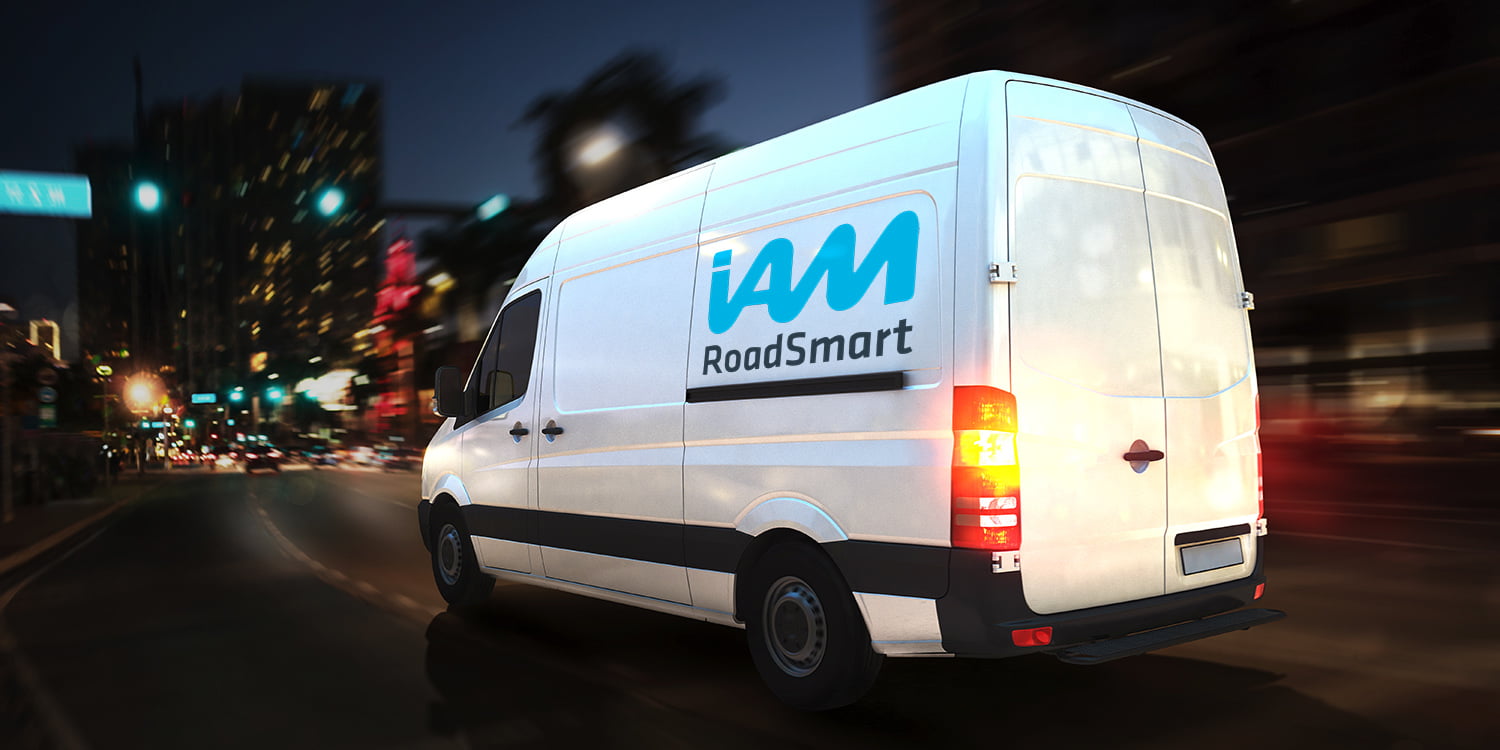
The ‘Hierarchy of Road Users’ – the new principle from which much of the latest changes to the Highway Code are derived, prioritises road users who are more vulnerable to harm over those who are liable to cause harm. In the hierarchy, pedestrians are at the top, while HGVs are at the bottom.
But vans could be the most dangerous vehicle type. Vans are involved in disproportionately high numbers of fatal collisions. Figures from the Department for Transport (DfT) tell us that in fatal collisions involving multiple vehicles, Light Goods Vehicles were the ‘other vehicle’ in 18.6 fatal collisions per billion passenger miles, compared with 1.8 collisions per billion passenger miles for cars. In other words, compared with cars, vans are involved in ten times the number of other-road-user deaths per mile.
Intuitively, it seems reasonable that van drivers should assume greater responsibility, as one might expect of HGV and bus drivers. However, specialist training and an additional licence category are required to operate such vehicles, with drivers subject to legal limits on hours spent behind the wheel. A standard Category B car licence allows you to drive a van of up to 3.5 tonnes; this includes many high-roof, long-wheelbase models commonly used by couriers. These vans may be twice the weight of a compact car, have significantly different handling characteristics when laden, and can be challenging to manoeuvre owing to limited visibility and sheer size.
Can we reasonably expect drivers of so-called light vans to acknowledge an increased responsibility? How can we expect employers to appreciate the benefit of providing additional training for a worker who is, ostensibly, qualified for the job?
A growing issue
As a road safety organisation, we are keen to emphasise the benefits of driver training, and of robust testing and licensing. However, some consider it a benefit to minimise the number of barriers to workers taking up van driving, to service growing demand. Since 1994, van traffic increased by 106% to a pre-Pandemic peak of 55.5 billion vehicle-miles in 2019. Total van numbers increased by 93% over the same period, meaning that average mileage per van has also increased. These figures are linked to economic growth, therefore the ease with which inexperienced drivers can enter van-driving professions is of perceived benefit to the economy.
Since the Pandemic there has been strong evidence of a direct link between van traffic and consumer behaviour too. Daily traffic figures from early 2022 show that overall motor vehicle traffic has returned to roughly 95% of the levels seen before March 2020. However, typical weekday car traffic remains around 10% lower than pre-Pandemic levels; the total traffic level is being driven largely by increased van use. Daily figures for van traffic are now well over 100% of pre-March-2020 levels Monday to Friday, while weekends have seen peaks of over 130%, demonstrating that van drivers really are working round the clock to service demand in the wake of COVID-19.
Delivering positive change
Employers must take action to reduce risk. Offering vehicle familiarisation training to inexperienced van drivers is a good start. For all drivers, carefully analyse the pressures they are subject to, and ensure that these are accounted for in your safety policy, and when assigning jobs. A worker’s daily driving hours might include a long commute at each end of a full day at the wheel, or a tiring return journey after a day off-site.
Excessive workloads can lead to stress and fatigue, both of which have a negative effect on driving behaviour. A short delay at a depot, when added to an already tight schedule, can lead to an accumulation of stress through the remainder of the shift. Skipping comfort breaks, eating or drinking at the wheel, and speeding are all temptations for a driver running behind schedule. Drivers may already be distracted by paperwork, following sat-nav directions, or looking out for their next job on an app, creating a perfect storm of inattention and risky behaviour. Many van users carry out various forms of physical labour, putting them at risk of physical fatigue and injury from other tasks such as heavy lifting.
As a business, taking steps to lighten their load will help you fulfil your duty of care towards drivers, safeguard your reputation, and achieve financial benefits from reduced incidence of collisions. According to the 2021 FN50 Report by Fleet News, 51% of leased vans incur charges for repairing damage at end of lease, averaging £511 per vehicle; evidence of the frequency at which vans are subject to low-speed collisions.
Many such incidents might be avoided if more van drivers were provided with the right support and training. This would also help them understand their position within the Hierarchy of Road Users, give them enhanced skills and the mental bandwidth to drive with extra care for vulnerable road users.
IAM RoadSmart can provide excellent solutions to fleet-safety challengers. CHOICES is our online risk management and e-learning platform. Driving For Work is our flagship course for anyone who drives for work, delivering an excellent standard of training which is tailored to the individual needs of your drivers.
Get in touch to find out more about how IAM RoadSmart can help you enhance your fleet safety.


